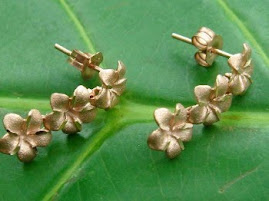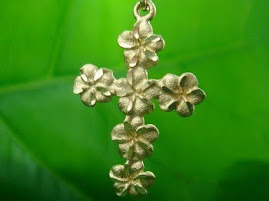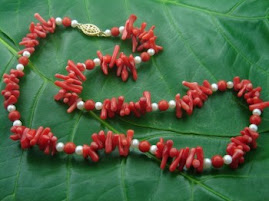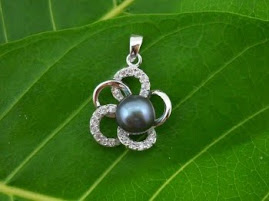There is not much evidence that early Polynesians used pearls as jewelry or for anything. They did use mother-of-pearl shell for tools like fishhooks. It is speculated that the early Polynesians had no metals, so they had no way to make pearl drilling tools. During the mid 1700s European explorers arrived and began exploiting mother-of-pearl shells and pearls. At first, pearl oysters were plentiful in the shallow waters around the islands, but harvesting made them scarce by 1850. The disappearance of the oysters from easy access waters ushered in the era of Polynesian pearl diving. Today these oysters are raised in farms situated on remote island and atolls in French Polynesia and are distributed around the world.
Tahitian pearl necklaces are sought after worldwide. They are better known as the “black pearl” which is actually a dark blue-green color. These oysters are large and create very large pearls. When strung into necklaces they are irresistible in their beauty.
Fairly recently, these pearls were found to change their color from the beautiful sea green to a rich golden brown, when subjected to extreme heat and pressure. These highly lustrous chocolaty colored pearls were given the name Chocolate Tahitian pearls. Today, many women have purchased these pearls and have fallen in love with them. The chocolate pearl’s beauty is enhanced when set in rose gold.
Tahitian pearl necklaces are sought after worldwide. They are better known as the “black pearl” which is actually a dark blue-green color. These oysters are large and create very large pearls. When strung into necklaces they are irresistible in their beauty.
Fairly recently, these pearls were found to change their color from the beautiful sea green to a rich golden brown, when subjected to extreme heat and pressure. These highly lustrous chocolaty colored pearls were given the name Chocolate Tahitian pearls. Today, many women have purchased these pearls and have fallen in love with them. The chocolate pearl’s beauty is enhanced when set in rose gold.





No comments:
Post a Comment